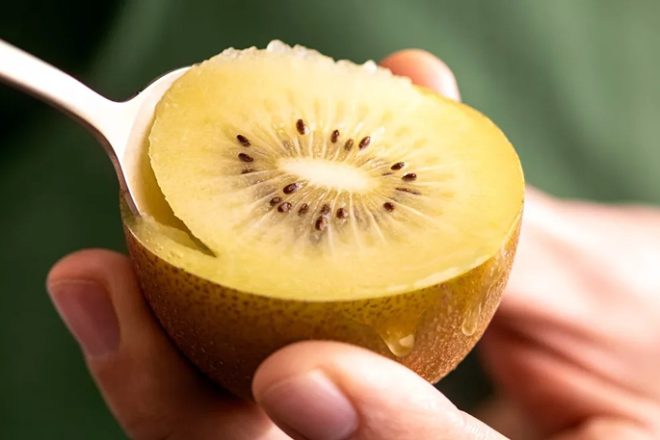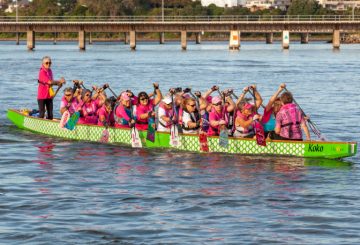Petani buah Kiwi di Selandia Baru memulai musim mereka dengan nada tinggi, menurut Colin Bond, kepala Penanam Buah Kiwi Selandia Baru. Dia mengatakan bahwa meskipun beberapa peternakan masih pulih dari Topan Gabrielle, sebagian besar diperkirakan akan mendapat untung musim panen ini.
Zespri, perusahaan buah kiwi besar, telah merilis perkiraan untuk panen saat ini. Prediksi menunjukkan peningkatan yang signifikan dari tahun lalu, ketika embun beku yang tak terduga merusak bunga dan buah muda, menyebabkan banyak petani kehilangan uang. Petani buah kiwi hijau dapat mengharapkan penghasilan antara $75.000 dan $91.000 per hektar, naik dari $64.930 musim lalu. Petani buah kiwi emas diperkirakan akan menghasilkan antara $145.000 dan $166.000 per hektar, sedikit meningkat dari $143.537 musim lalu.
Meskipun masih di awal musim panen, Bond optimis. Dia menjelaskan bahwa keuntungan petani bergantung pada harga pasar dan jumlah buah yang dapat mereka hasilkan. Tahun lalu, harga tinggi tetapi hasilnya rendah. Tahun ini, ia berharap untuk hasil tinggi dan harga pasar yang tinggi.
Pengiriman pertama buah kiwi emas telah meninggalkan Selandia Baru ke Asia, menandai dimulainya apa yang diyakini Bond akan menjadi musim yang kuat bagi industri. Dia juga mencatat bahwa masalah ketenagakerjaan telah diselesaikan, dengan sejumlah backpacker datang ke negara itu untuk bekerja.
CEO Zespri Dan Mathieson juga optimis. Dia mengatakan bahwa perusahaan telah menjadi tuan rumah pengecer besar di Selandia Baru dan ada permintaan yang kuat untuk buah mereka. Dengan peningkatan volume, Zespri berharap dapat memenuhi permintaan itu. Perusahaan mengharapkan untuk mengekspor sekitar 190 juta nampan buah kiwi musim ini.
Namun, Mathieson juga mencatat potensi tantangan, termasuk kondisi pasar yang sulit dan nilai tukar yang tidak menguntungkan dengan yen Jepang. Hal ini terutama dapat berdampak pada buah kiwi Organik, Hijau Manis, dan RubyRed, yang sebagian besar dijual di Jepang.






























































